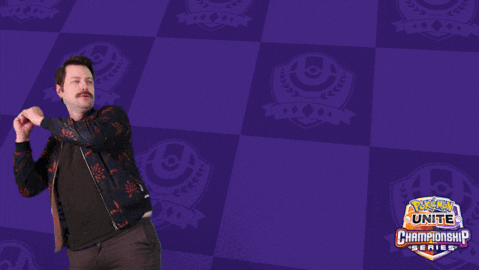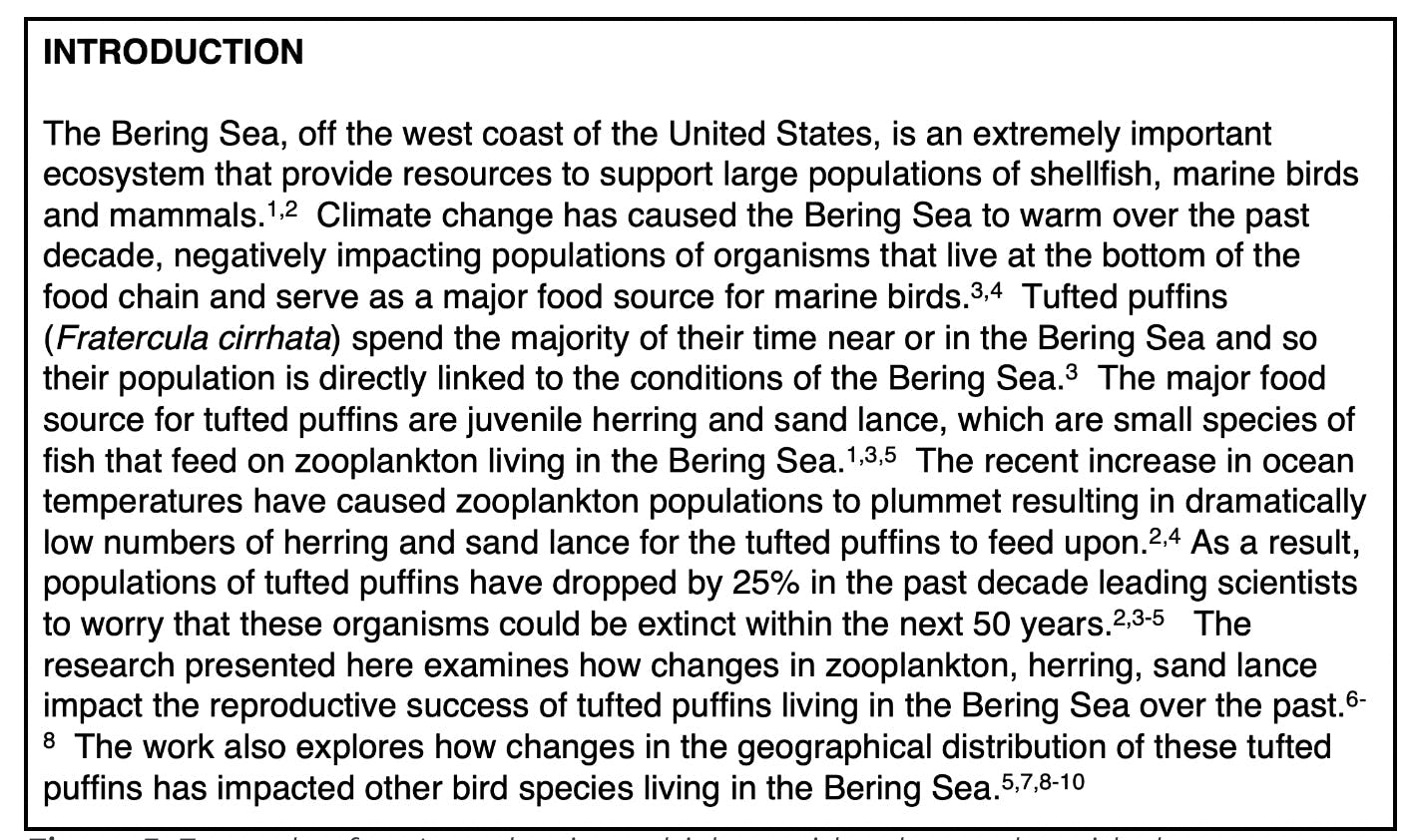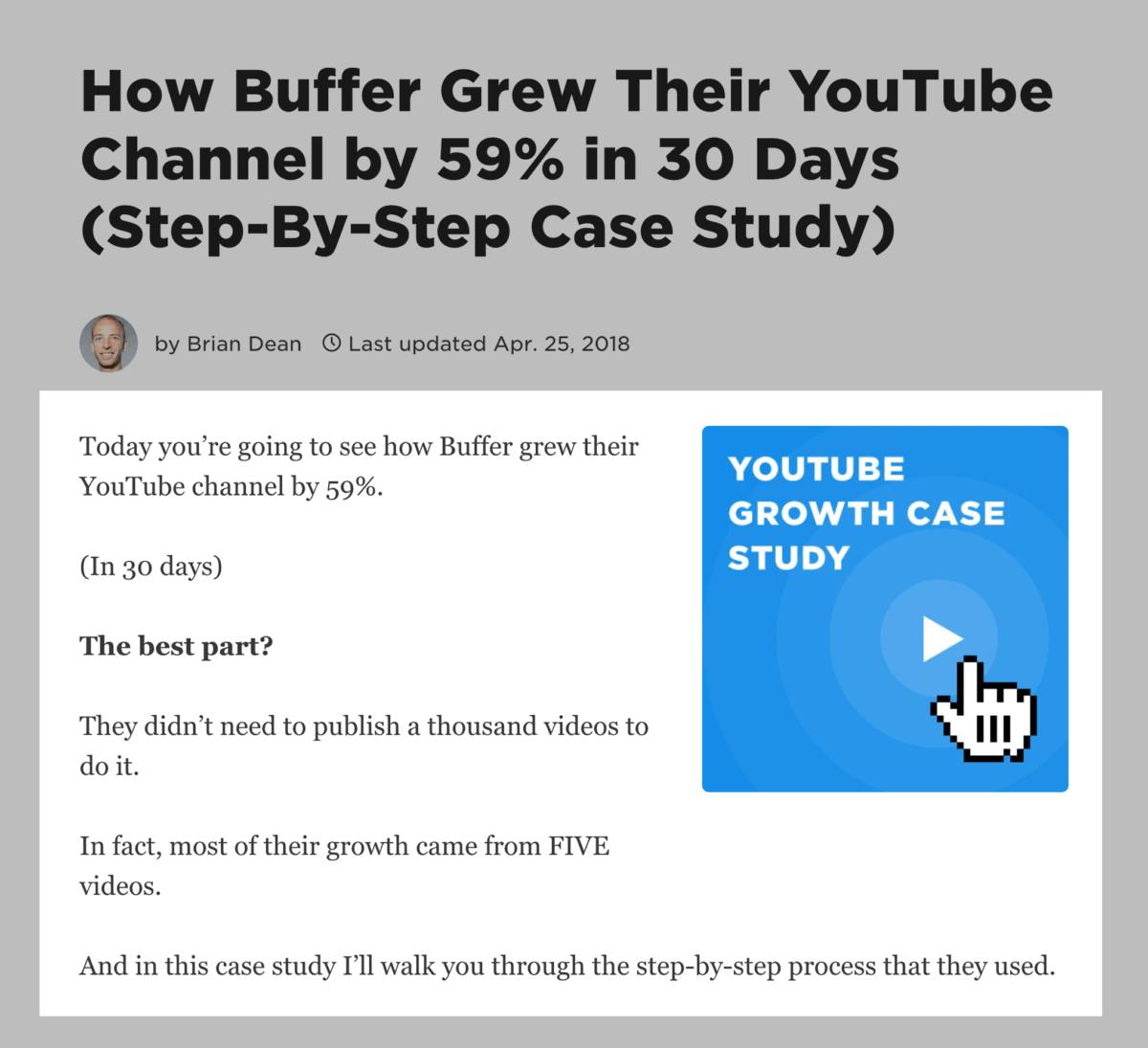How to Write a Good Article?
Before we get into the article, let's answer How to write a good article.
A good article meets the target audience, includes detailed research, and has a structure with logical headings and flow. A great article is written in easy-to-understand language and visuals (images and graphs) whenever relevant.
Today we're going to explain how to create a good, no, exceptional article.
In fact, we've used this exact process to write over 10 million words for 300+ clients.
So, if you're a blogging newbie or an experienced writer, there's something for everyone.
Ready? Let's go.
Intro
Are you wondering what makes a good article truly engaging? Direct, clear, and impactful writing are the pillars of compelling content. Here, we break down the essentials so you can create articles that not just draw readers in, but keep them hooked from start to finish.

The Art of Engaging Titles
A title should captivate readers, persuading them to explore the content further. It’s the enticing headline that grabs attention, the promise that quality content awaits. Hence, consider the title carefully before penning down your article. It’s not just a collection of words; it’s the invitation to your reader, the spotlight on your main point.
Your title is the first thing that readers see, and it can be the deciding factor whether they will read the article or move on. So, how do you craft such a title?
The Power of Keywords
Incorporating keywords into the title sends a signal to both the search engine and the reader about the article’s content. Think of it as a beacon, leading the appropriate audience to your content. But remember, the key lies in balance.
While it’s important to start with the main keyword at the beginning of the title, it’s equally essential to ensure that the title remains both creative and clear. After all, you’re writing for humans, not just search engines. Thus, strive to keep your titles engaging, informative, and abundant in keywords.
Example: If my page is targeting "yoga tops for summer" as its primary keyword, a good title might look like:
- The best yoga tops for summer 2024
- Yoga tops for summer: Our picks for 2024
- A spammy version might look something like this:
- Yoga tops summer: Our pick of the best yoga tops for summer
Notice in the example below how the keyword is used at the beginning, but after the colon, there's an additional piece of information to compel the reader to click, not the keyword stuffed in again.

Compels the reader to click
A creative yet clear title can significantly increase reader engagement. It sparks curiosity, invites clicks, and ensures that the reader immediately understands the content’s subject. Imagine a title like ‘Meme Master’ or ‘Employee Success Curator’; they are creative, intriguing, and clear.
The balance between creativity and clarity ensures that your titles are not just visually appealing but also informative, serving as an effective bridge between the reader and the content.
Studies have shown that certain features in a blog title significantly increase click-through rates. Here are a few examples:
- Insert a number at the beginning of the title — 7 best tools to scale your agency
- Use the terms “how to,” “tips,” and “tricks” at the start of your title — How to grow your business by 1000% in the next 12 months
- Ask a conversational question — Is your skincare routine ready for winter?
- Add some fear and jeopardy — Lost revenue? Stop blaming your SDR.
- Include words like “guide”, “complete”, and “ultimate” in the title — The ultimate guide to SEO
- Use action words, such as "grow" or "increase", at the beginning of the title — How to grow your revenue with cold outreach

Writing a Captivating Introduction
The introduction serves as the gateway to your article. It’s the moment when the reader decides whether to continue reading or exit. A captivating introduction can be likened to a tantalizing appetizer, stimulating the reader’s craving for the main course. It sets the tone, offers a taste of what’s to come, and ideally, leaves the reader wanting more.
The characteristics of an effective introduction are:
- Explain the significance of the article to the reader.
- Offers an overview of the subject or issue to be discussed.
- Establishes a foundation for the subsequent content of the poster.
- Outlines the aims and objectives for the reader.
But that's much too simple. Those characteristics could lead to an introduction that looks like this:

The introduction should hook the reader’s attention, provide a brief overview, and culminate in a powerful thesis statement. Think of it as a movie trailer; it should give just enough to intrigue the reader but not give away the entire plot. But how does one craft such an introduction?
Brian Dean makes a compelling case for keeping blog intros to 4 - 7 sentences to ensure you hook the reader quickly and entice them to continue with the article. Here's an example of his intro...

As a content writing agency, we've written millions of words for clients. I personally LOVE the Brian Dean style, but for some clients, especially more B2B, this style is a touch too conversational. Although it's my personal fave :)
Opening with Impact
The first sentence in your article holds immense power. It’s the hook that can either reel in the reader or let them slip away. An impactful opening can manifest in various forms, such as a thought-provoking question, a shocking statement, or an intriguing anecdote. The goal is to spark curiosity, evoke emotions, and compel the reader to read on.
After the hook, the introduction should provide a clear benefit or promise that will motivate the reader to continue reading. The promise could be a solution to a problem, an answer to a question, or a new perspective on a common issue. The key is making the reader believe they will gain something valuable from reading your article.
Setting the Tone
Are you aware that your writing possesses a voice? It’s not just about what you say but how you say it. The tone of your writing can convey a range of attitudes and emotions, from formal and serious to casual and humorous. It’s essential in engaging your readers and creating a cohesive reading experience.
The tone you choose depends on your audience and the purpose of your article. An informative article might require a more formal and serious tone, while a personal blog post could benefit from a more casual and conversational tone. Regardless of the tone you choose, consistency is key. A consistent tone helps create a smooth reading experience and strengthens your connection with the reader.
Crafting Informative and Appealing Content
After enticing your readers with an intriguing title and an engaging introduction, your subsequent task is to maintain their interest with content that is both informative and appealing. But how can you guarantee your content is not just informative, but also able to engage readers? The answer lies in readability and visuals.
Readability is about making your content easy to read and understand. It’s about structuring your article in a way that allows the reader to easily navigate and absorb the information. On the other hand, visuals are about enhancing the reading experience by breaking up large chunks of text and providing visual representations of your points.
Structuring for Readability
Effective structuring plays a crucial role in promoting readability. It involves organizing your content in a way that guides the reader through your article. This can be achieved through the use of:
- Descriptive subheadings
- Short paragraphs
- Bullet points
- Numbered lists
Descriptive subheadings serve as signposts, guiding the reader through your article. They break down your content into manageable chunks, making it easier for your reader to process the information. Keeping paragraphs short, on the other hand, make your article visually appealing and less daunting to read. Remember, a wall of dense paragraphs can repel readers, but well-structured content can engage them.
Integrating Visuals
Visuals have become potent tools for amplifying reader engagement. They not only break up text but also provide a visual representation of your points, making your content more engaging and easier to understand.
Images, charts, infographics, and videos can all be used to enhance your content. For instance, an infographic can provide a visual summary of a complex concept, making it easier for the reader to understand. Similarly, an image or a video can add a new dimension to your content, providing a break from text and keeping the reader engaged. The key is to ensure that your visuals are relevant and contribute to the overall understanding of your content.

Connecting with Your Target Audience
A deep understanding of the target audience lies at the core of every successful article. Who are you writing for? What are their interests, needs, and pain points? A deep understanding of your audience enables you to customize your content to their preferences, guaranteeing that your message resonates with them.
However, establishing a connection with your audience goes beyond merely understanding their needs. It’s about building trust and establishing credibility. Your readers must trust the information you provide and see you as a credible source. So, what’s the strategy for building trust and credibility?
Understanding Your Readers
Understanding your readers entails stepping into their shoes and viewing the world from their viewpoint. What are their pain points? What are their interests? What motivates them? Answering these questions can provide valuable insights into your audience’s needs and preferences, helping you tailor your content to readers interested in personal stories.
Audience analysis involves researching and gathering data about your audience. This can include demographic information, such as age, gender, and location, as well as psychographic information, such as interests, attitudes, and behaviors. This information can then be used to create a detailed profile of your target audience, known as a buyer persona.
Building Trust and Credibility
Building trust and credibility involves:
- Showcasing your expertise
- Providing accurate, reliable information
- Being seen as a credible source of information, someone who knows what they’re talking about.
This can be achieved through a step-by-step guide that includes:
- Thorough research and fact-checking
- Making sure your facts are accurate and up-to-date
- Always citing your sources
- Showcasing your expertise in your field to establish yourself as an authority and build trust with your readers.
Remember, trust is the foundation of any successful relationship, and it’s no different in the relationship between a writer and their readers.
Polishing Your Work: Editing and Proofreading
The writing process of article writing extends beyond the last sentence of a good article. The real refinement happens in the editing and proofreading phase. It’s in this phase that you refine your work, ensuring every word, every sentence, every paragraph adds value to your entire article.
Editing involves revising your content for clarity, coherence, and conciseness. It’s about making sure your message is clear and your arguments are logical. Proofreading, on the other hand, involves checking for grammatical errors, typos, and punctuation mistakes. But how do you effectively edit and proofread your work?
Self-Editing Techniques
For any writer, self-editing is a vital skill. It’s about being your own critic, looking at your work objectively and making necessary improvements. Effective self-editing involves several techniques.
Some effective techniques for proofreading your work include:
- Taking a break once you have finished writing and coming back to your work with fresh eyes
- Reading your work aloud to catch awkward phrasing and long, convoluted sentences
- Using spell-check and grammar-check tools to catch errors that you might have missed
These techniques can help you spot errors and inconsistencies in your writing.
Seeking Feedback
Beyond self-editing, seeking feedback from others also proves beneficial. A fresh pair of eyes can provide a new perspective, helping you catch errors and readability issues that you might have missed.
Whether it’s a professional editor, a trusted colleague, or a friend, getting someone else’s input can provide valuable insights and help you improve your work.
Mastering the Art of Content Creation
The mastery of content creation is more of a journey than a destination. It’s about continuous learning and improvement, honing your skills, and pushing your boundaries. Whether you’re a seasoned freelance writer or a novice, there’s always room for growth.
So, what’s the path to mastering the art of content creation? It involves two key elements: analyzing good articles and consistent practice. You can learn from their structure, style, and techniques by reading and engaging with high-quality articles. And through consistent practice, you can improve your writing skills and become a better writer, able to create articles with ease.
Reading and Analyzing Good Articles
Analyzing high-quality articles equates to a behind-the-scenes tour of a successful production. You get to see the structure, the style, and the techniques that make the article engaging and informative. But more than that, you get to learn from the best.
Whether it’s a thought-provoking piece in The New England Journal of Medicine or a captivating blog post on your favorite site, each article offers unique insights that can help you improve your writing. Pay attention to:
- the headline
- the structure
- the tone
- the arguments
- the evidence
What makes the news article engaging? What makes it informative? What can you learn from it?
Consistent Practice
The adage ‘practice makes perfect’ holds true in writing as well. The more you practice writing, the better you get. But consistent practice is more than just about quantity. It’s also about variety and experimentation.
To start writing different types of articles, from how-to guides to opinion pieces, experiment with different tones, from formal to casual. Write about different topics, from your areas of expertise to topics you’re curious about. Consistent practice doesn’t mean doing the same thing over and over. It means pushing your boundaries, exploring new territories, and constantly challenging yourself.
Summary
In this journey, we’ve explored the art of crafting excellent articles, from engaging titles and captivating introductions to informative content and connecting with the audience. We’ve delved into the importance of editing and proofreading, and the power of consistent practice. But the journey doesn’t end here. As you continue to write, remember to keep your reader at the heart of your writing, strive for clarity and creativity, and never stop learning and improving. After all, the art of content creation is a journey, not a destination.
Key Takeaways
- Crafting an engaging article begins with a captivating title that balances creativity and clarity, incorporating keywords while being inviting and informative.
- A successful article features an introduction that hooks the reader’s attention and sets the right tone, followed by structured content enhanced with visuals for readability and engagement.
- Connecting with your target audience by understanding their needs and building trust through credible content is essential, complemented by thorough editing, proofreading, and continuous practice and learning.
Frequently Asked Questions
What determines a good article?
A good article is determined by its engaging language, valuable information, and an organized, logical structure that captivates and informs the reader.
How can you write a good article?
To write a good article, start by selecting a topic, identifying your target audience, and conducting thorough research. Then, create an outline, write a rough draft, and refine your subject matter. Finally, read your article aloud to ensure it is error-free. Now, go ahead and start writing your fantastic article!
How can I create an engaging title for my article?
To create an engaging title for your article, start with the main keyword and balance creativity with clarity. Make sure the title is intriguing and informative to attract clicks and inform the reader about the content. Good luck!
How can I make the introduction of my article captivating?
To make your article introduction captivating, use an impactful opening sentence or a hook, such as a provocative question, shocking statement, or intriguing anecdote, and then provide a clear benefit or promise to motivate the reader to continue reading. This will grab the reader's attention and compel them to explore further.
How can I improve the readability of my article?
To improve the readability of your article, use descriptive subheadings, keep paragraphs short, and utilize bullet points and numbered lists. Additionally, break up large chunks of text with visuals to enhance the reading experience.








